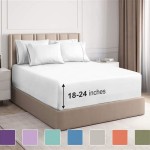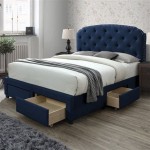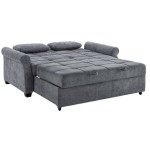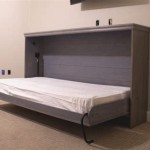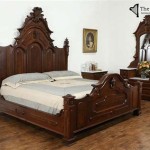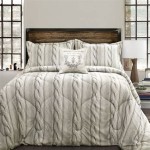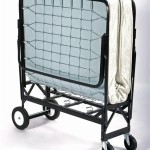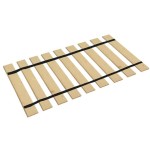Essential Aspects of Queen Bed Planks: A Comprehensive Guide
Queen bed planks are crucial components of a comfortable and durable sleeping experience. Understanding their essential aspects is paramount for making informed choices when selecting or maintaining your bed frame.
This article delves into the key considerations related to queen bed planks, providing an in-depth examination of their materials, dimensions, support systems, and more. By exploring these aspects, you can ensure that your bed planks meet your specific needs and enhance the quality of your sleep.
Materials
Queen bed planks are typically crafted from various materials, each offering unique advantages and considerations:
- Wood: Solid wood planks are durable and provide excellent support, but they may be more expensive and require maintenance to prevent warping.
- Plywood: Plywood planks offer a cost-effective and sturdy option, providing a balance of strength and affordability.
- Metal: Metal planks are lightweight and strong, but they can be noisy and may not provide as much cushioning as other materials.
- Composite: Composite planks combine wood and synthetic materials, offering a mix of durability, affordability, and reduced noise.
Dimensions
The dimensions of queen bed planks play a crucial role in compatibility and support:
- Length: Queen bed planks typically measure 80 inches in length to accommodate the dimensions of a queen-sized mattress.
- Width: The width of queen bed planks varies, but it should be wide enough to provide ample support and prevent the mattress from sagging.
- Thickness: The thickness of queen bed planks affects their strength and durability. Thicker planks generally provide more stability and support.
Support Systems
The support system of queen bed planks ensures that they distribute weight evenly and maintain the integrity of the mattress:
- Slatted Support: Slats are thin, evenly spaced wooden or metal strips that provide ventilation and support for the mattress.
- Solid Support: Solid planks offer a continuous surface that provides a firm foundation for the mattress, but may reduce airflow.
- Adjustable Support: Adjustable bed planks allow for customizable support, enabling you to adjust the firmness or softness to suit your preferences.
Additional Considerations
Beyond materials, dimensions, and support systems, several additional factors influence the quality and longevity of queen bed planks:
- Compatibility: Ensure that the queen bed planks are compatible with your bed frame and mattress.
- Noise Reduction: Some materials, such as metal, may create noise when moving on the bed.
- Maintenance: Proper maintenance, such as cleaning and tightening screws, can extend the lifespan of your bed planks.
Understanding the essential aspects of queen bed planks empowers you to make informed decisions and enhance your sleep experience. By considering the materials, dimensions, support systems, and additional factors discussed in this article, you can select or maintain bed planks that meet your specific needs and provide a comfortable and restful night's sleep.

1 In X 4 3 25 Ft Pine Twin Bed Slat Board 7 Pack 231573 The Home Depot

Bed Slats Woodworker S Journal How To

Bed Slats Vs Plywood Which Is Best For Your Frame

Knickerbocker Bedbeam Deluxe Mattress Bed Slat Replacement System Queen P C Richard Son

1 In X 4 3 25 Ft Pine Twin Bed Slat Board 7 Pack 231573 The Home Depot

Hardwood Bed Slat Panels N Made 100 Organic Organature

Queen Bed Slats Achieve Optimal Support And Durability

Bed Slats Queen Size 2 Apart Heavy Duty Wood Plank

Bed Slats Split Frame Queen Size Closely Spaced 2 In Gap Wood Norway

A Queen Bed How Many Slats And What Type Of Wood Hunker King Size Mattress Beds
